History of Midsummer: Discovering the Ancient Roots and Modern Celebrations
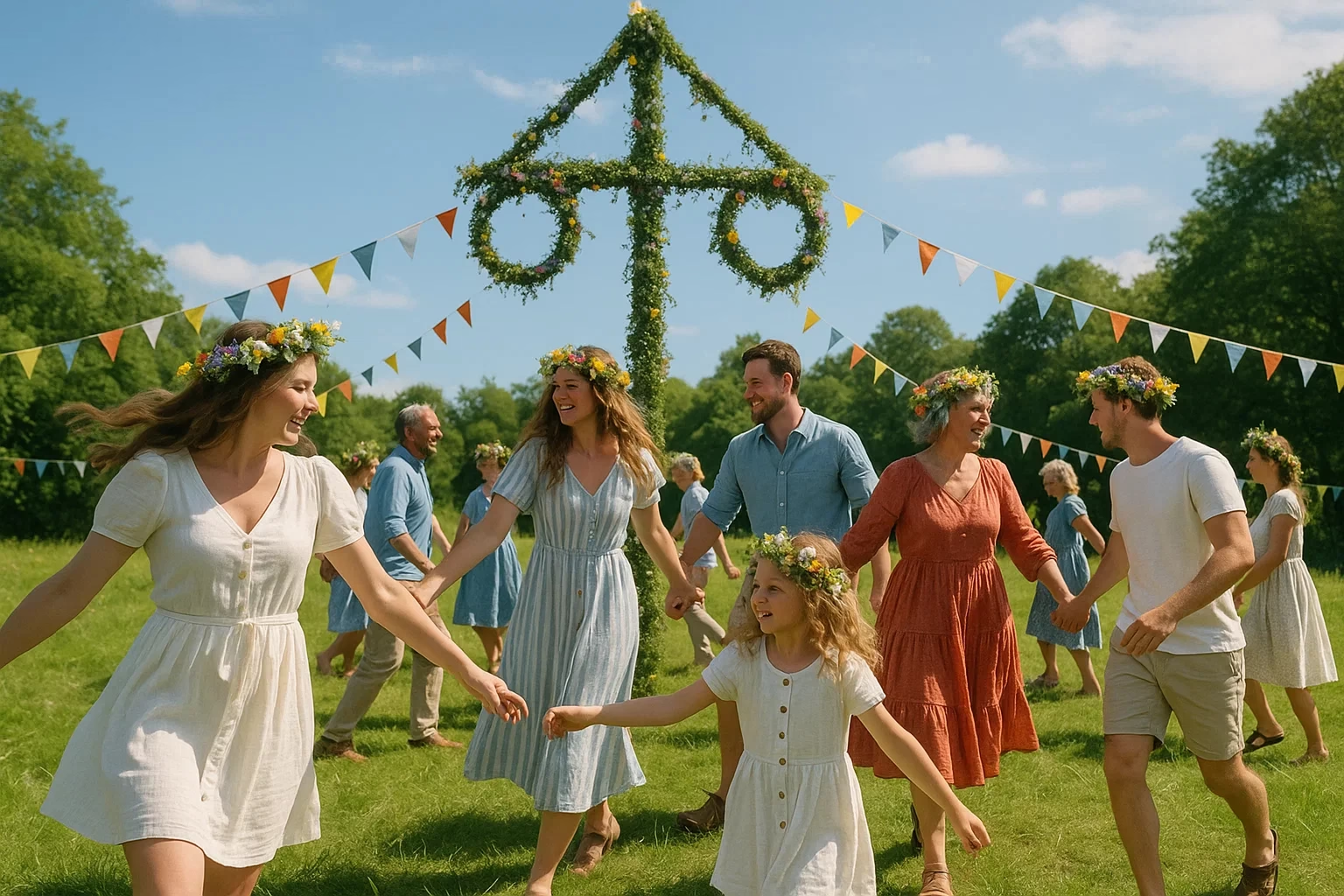
History of Midsummer, Midsummer Festival is one of the oldest and most joyful celebrations in the world. People celebrate Midsummer around the summer solstice, usually on June 21st, when the day is longest and the night is shortest. They have celebrated Midsummer for centuries, carrying forward rich traditions and deep cultural meaning. People in many countries mark this day with music, dancing, and bonfires.
Midsummer holds a special place in many cultures, especially in Scandinavia, the Baltics, and parts of the UK. The history of Midsummer shows us how communities around the world come together to celebrate light, life, and nature.
Historical Background
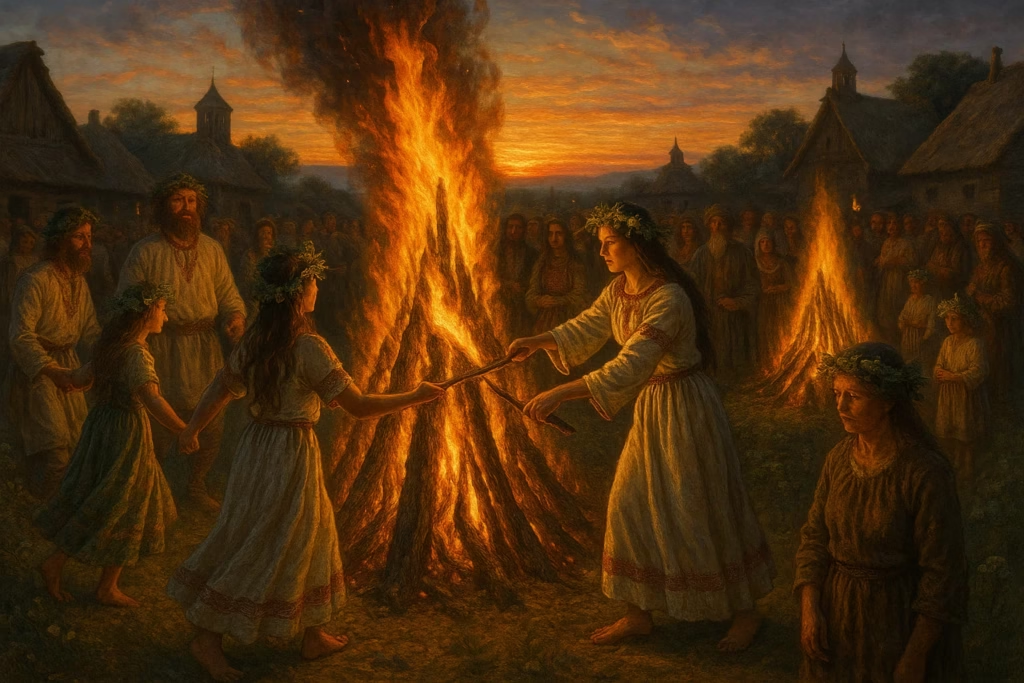
The history of Midsummer dates back thousands of years. It began as a pagan celebration of the sun and nature. In ancient times, people worshipped the sun and believed the solstice had magical powers. These celebrations were often tied to fertility rituals, the harvest, and protection from evil spirits.
Over time, as Christianity spread, some pagan traditions were merged with Christian festivals. Yet, many of the original customs remained. In some places, Midsummer became associated with the feast of St. John the Baptist, especially in southern Europe.
As centuries passed, midsummer celebrations adapted to local cultures and beliefs. Yet, the essence remained: to honor nature, the sun, and the life-giving power of the earth.
Cultural Significance Around the World
- Sweden, Finland, and Norway: In Scandinavian countries, Midsummer is a national holiday. People leave cities and head to the countryside. They raise maypoles, wear flower crowns, and dance in circles. Bonfires are lit by lakes or in gardens, and meals often include pickled herring, boiled potatoes, and fresh strawberries.
- United Kingdom and Ireland: In the UK and Ireland, ancient stone circles like Stonehenge attract thousands of visitors during the solstice. Some locals still hold traditional Midsummer fairs and festivals. There are also customs tied to Celtic and Druid beliefs.
- Latvia, Estonia, and Lithuania: In the Baltic countries, Midsummer is deeply rooted in folklore. In Latvia, it’s called Jani, and people stay up all night singing songs, drinking beer, and leaping over fires. In Lithuania, floral wreaths are floated on rivers to bring luck.
- Other Celebrations: Midsummer traditions also appear in Germany, Spain, and even parts of the United States, especially in communities with European heritage. While the forms differ, the themes of light, nature, and togetherness remain central.
Common Traditions and Customs
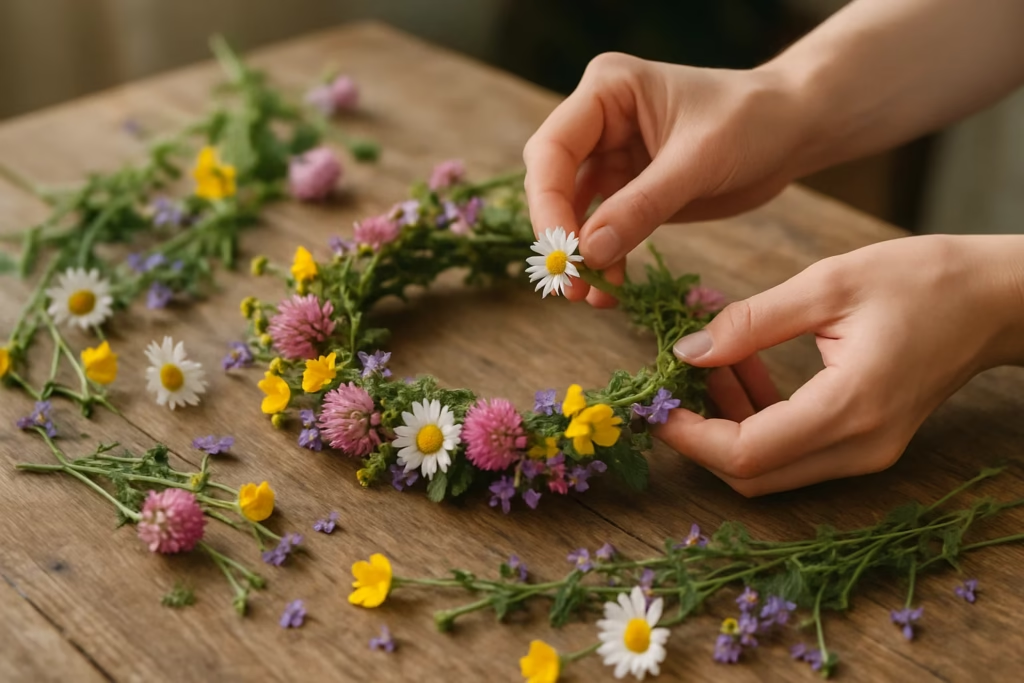
Bonfires: Lighting fires is one of the oldest customs. Fire represents the sun and is believed to ward off evil spirits.
Maypole Dancing: In Sweden and some other regions, people dance around a tall pole decorated with flowers and ribbons. It’s a symbol of fertility and growth.
Flower Crowns: Wearing crowns made of wildflowers is common, especially among girls and women. It’s both a fashion and spiritual statement.
Festive Foods:People prepare hearty and fresh meals during Midsummer.
In Scandinavia, pickled fish, grilled meats, and seasonal fruits like strawberries are popular.
Rituals for Luck and Love: Some people jump over fires or collect seven types of flowers to dream of their future partner.
Modern Celebrations
Today, Midsummer is not just a folk tradition. It’s a major event in many countries. In Sweden, it’s the second biggest celebration after Christmas. Public holidays are declared, and communities gather for games, music, and dancing.
In Estonia, the celebration is called Jaanipäev, and people camp, play music, and enjoy long nights. In the UK, modern pagans and tourists gather at Stonehenge to watch the sunrise in a spiritual setting.
Travelers and tourism boards also embrace the festival. Many travel to Scandinavia or the Baltics to experience authentic Midsummer traditions.
Symbolism and Meaning
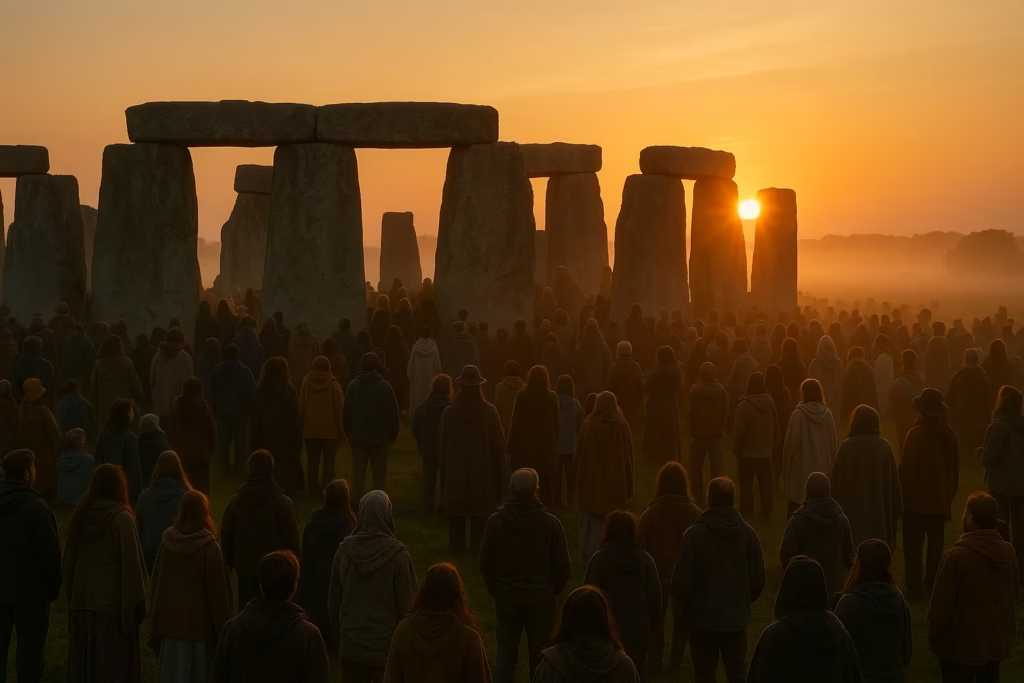
They see Midsummer as more than a celebration. It carries deep meaning. The sun, the center of the festival, symbolizes life, warmth, and renewal. In many cultures, Midsummer is tied to fertility, both in agriculture and in human life.
Nature plays a key role. The green forests, blooming flowers, and endless daylight reflect growth and abundance. The festival also strengthens community bonds. It’s a time for people to come together, share stories, and make memories.
These symbolic layers make Midsummer more than just a party. It’s a spiritual moment rooted in the earth’s rhythm.
Fun Facts and Interesting Details
In Sweden, eating pickled herring and drinking schnapps is a must during Midsummer.
Some people believe flowers picked on Midsummer night have healing powers.
In Latvia, men named Janis are celebrated with special songs.
In Norway, coastal towns light huge bonfires, some even built on platforms floating in water.
In Estonia, it’s said that if you find a fern blooming on Midsummer night, you’ll have good luck forever.
The history of Midsummer is rich with folklore and legends passed down through generations. These stories keep the spirit of the festival alive.
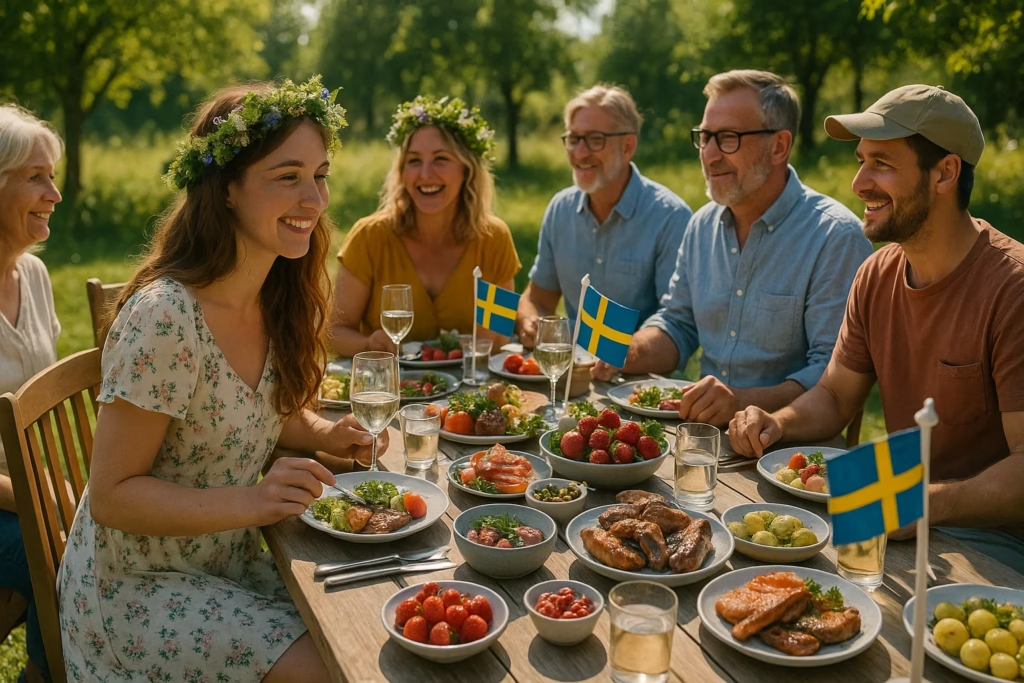
Conclusion
The history of Midsummer teaches us how people across time and cultures celebrate the joy of light, nature, and community. From ancient fire rituals to flower crowns and modern music festivals, Midsummer connects the past with the present.
Whether you join a dance around the maypole or simply watch the sunrise on June 21st, you’re taking part in a tradition that’s both timeless and meaningful. We encourage you to explore the beauty and depth of Midsummer traditions in your own way.
Top 5 Lazy Summer Dinner Ideas That’ll Save You Time and Heat

